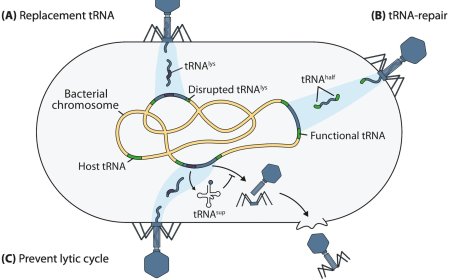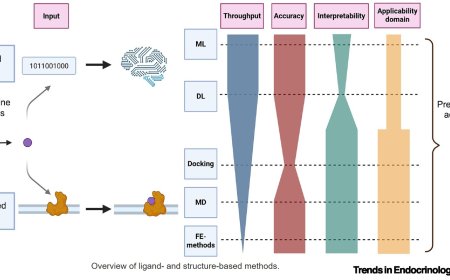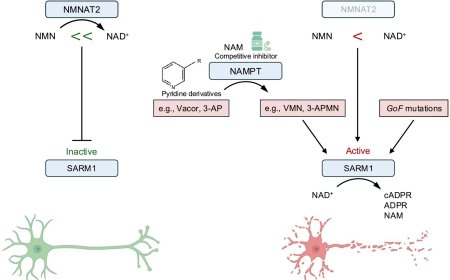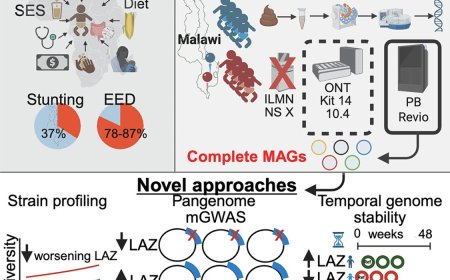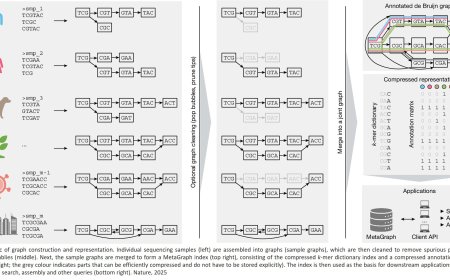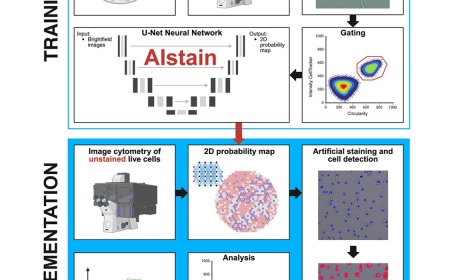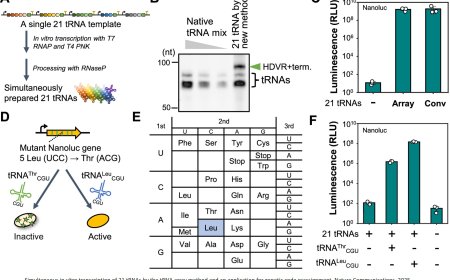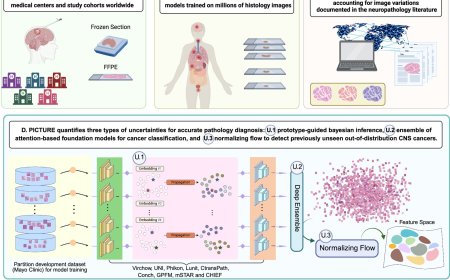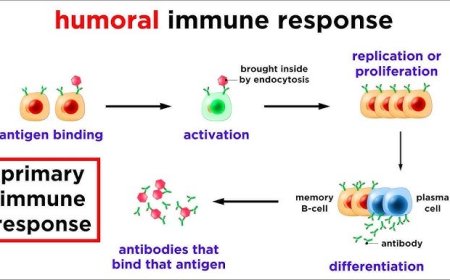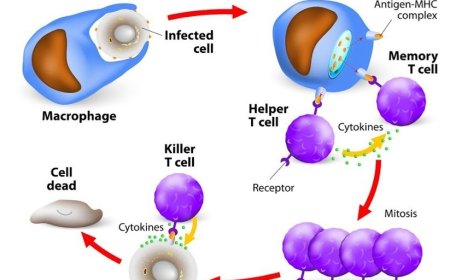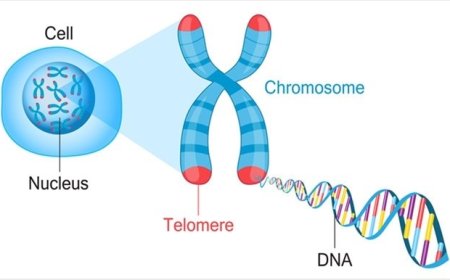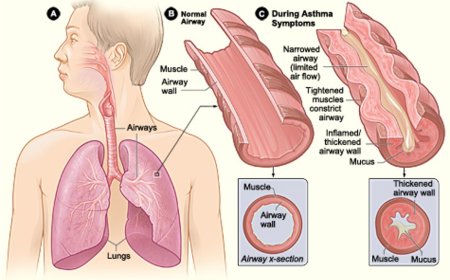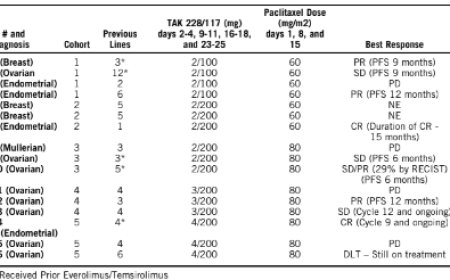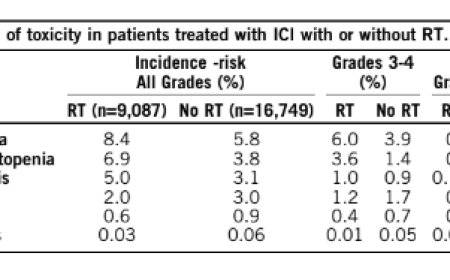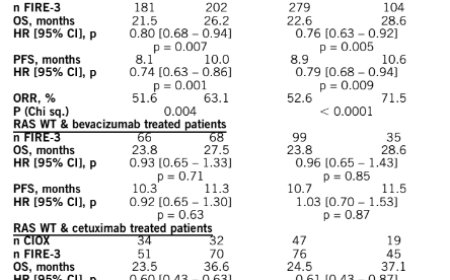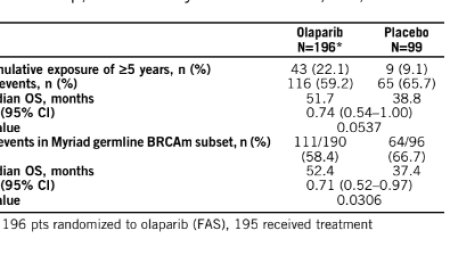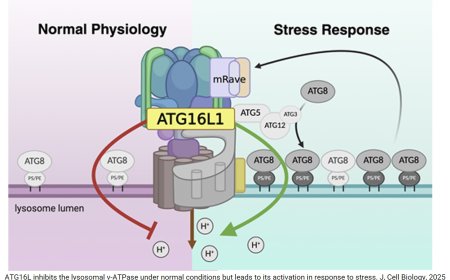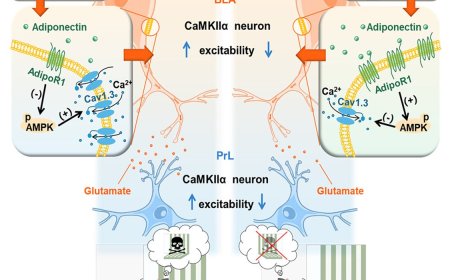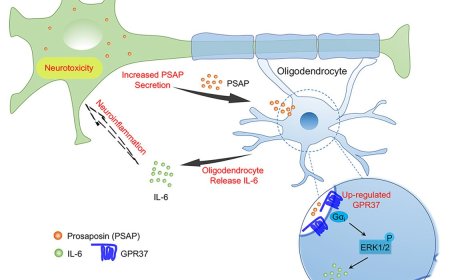3D models of dysfunctional adipose tissue
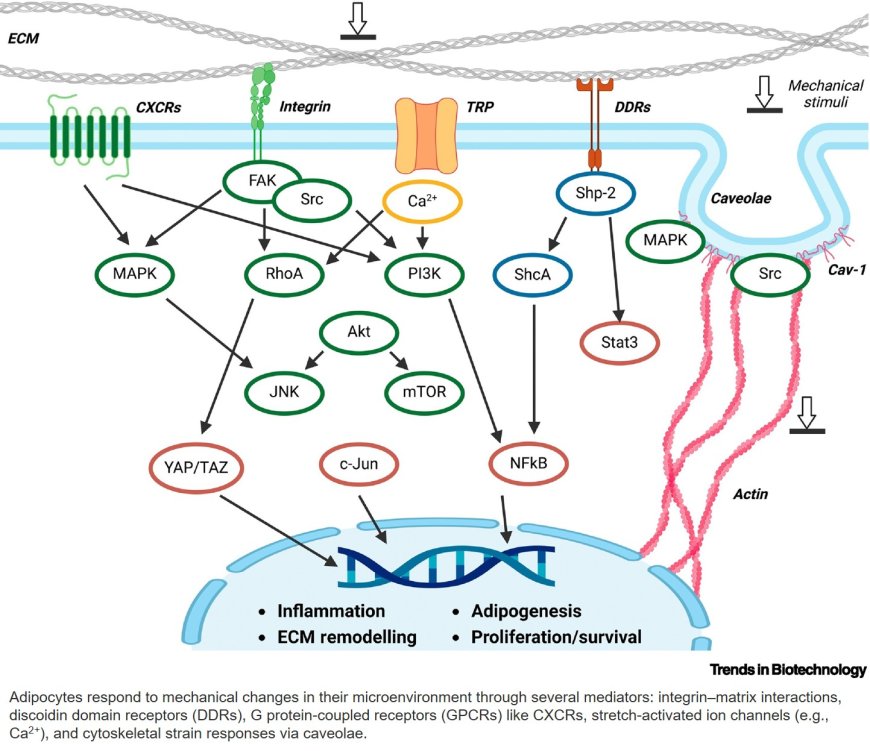
Adipose tissue (AT) dysfunction plays a crucial role in the development of pathologies associated with obesity.
3D models mimicking AT dysfunctions are promising tools to study AT pathogenesis and test therapeutic strategies. They can overcome translational and ethical limitations of animal models and the lack of tissue complexity of 2D cultures.
Engineering AT 3D models involves mimicking its structural and functional changes by choosing biomaterials replicating AT extracellular matrix (ECM) and its mechanical properties, promoting adipocyte hypertrophy, adding immune cells to replicate inflammation, and incorporating vasculature to vascular/oxygen changes in fibrotic dysfunctional AT.
3D AT models advance reduction, refinement, and replacement principles; elucidate cell–biomaterials interactions; facilitate AT scaffold development; and provide insights into the cultivated (animal) meat sector.
https://www.cell.com/trends/biotechnology/fulltext/S0167-7799(24)00278-6
